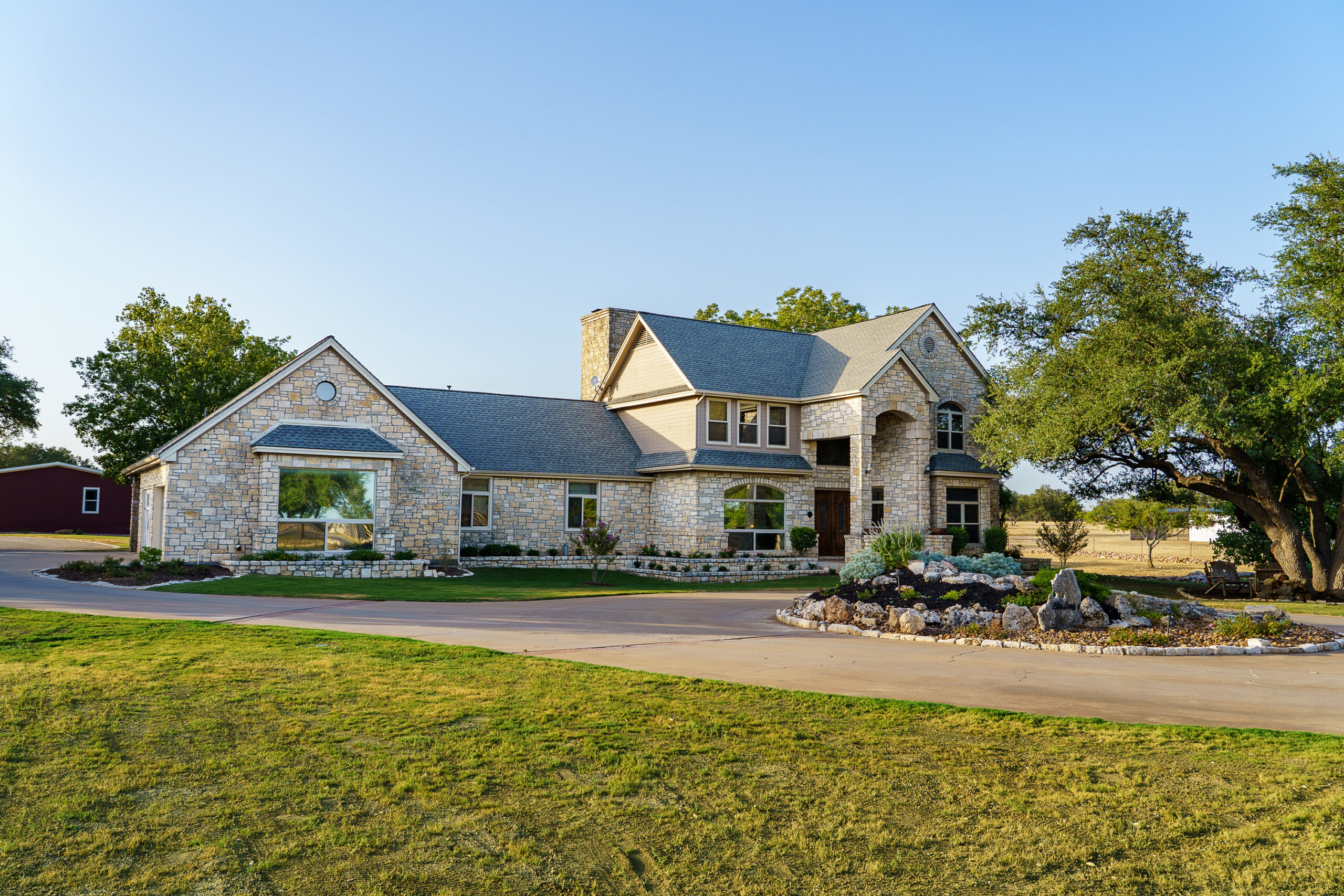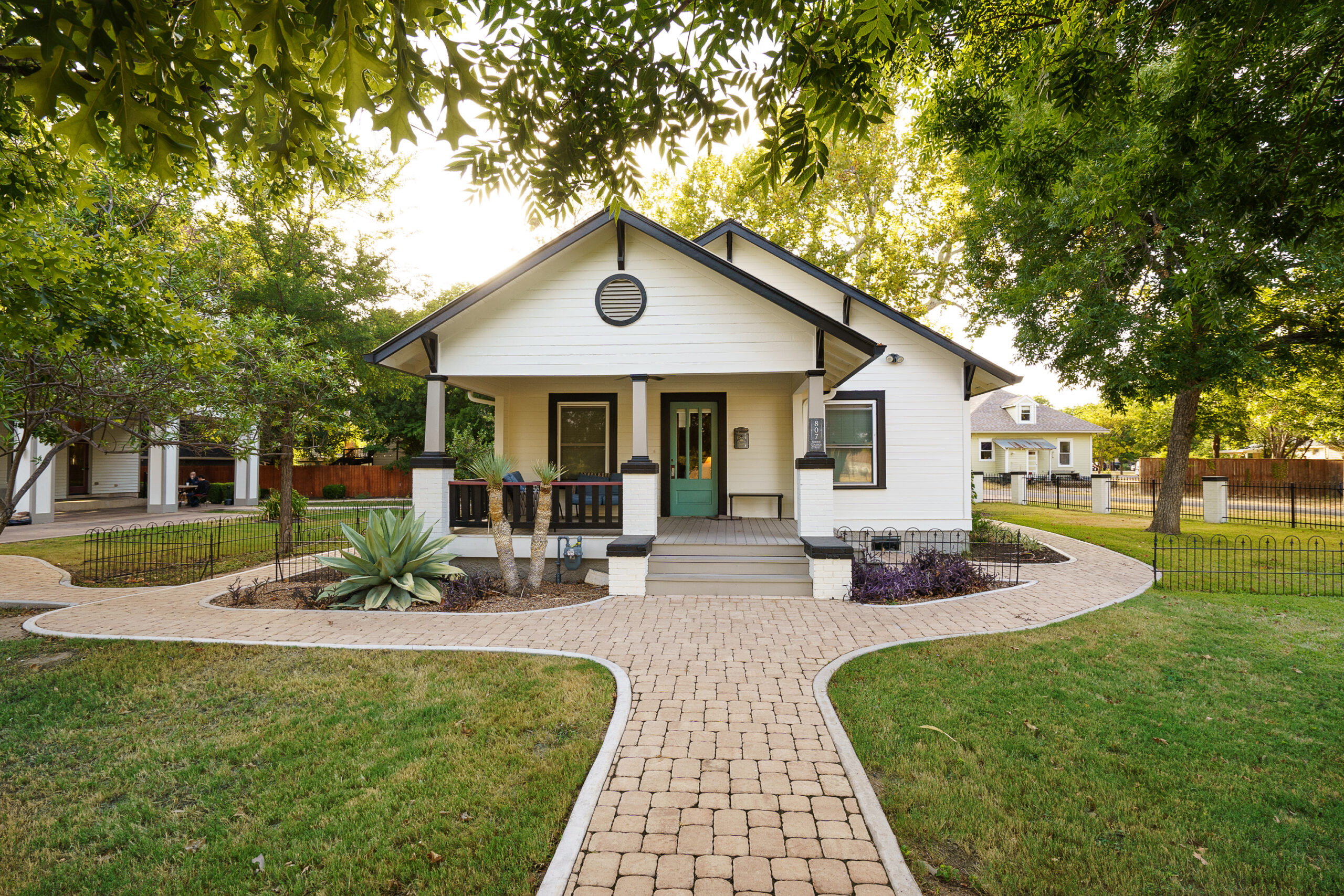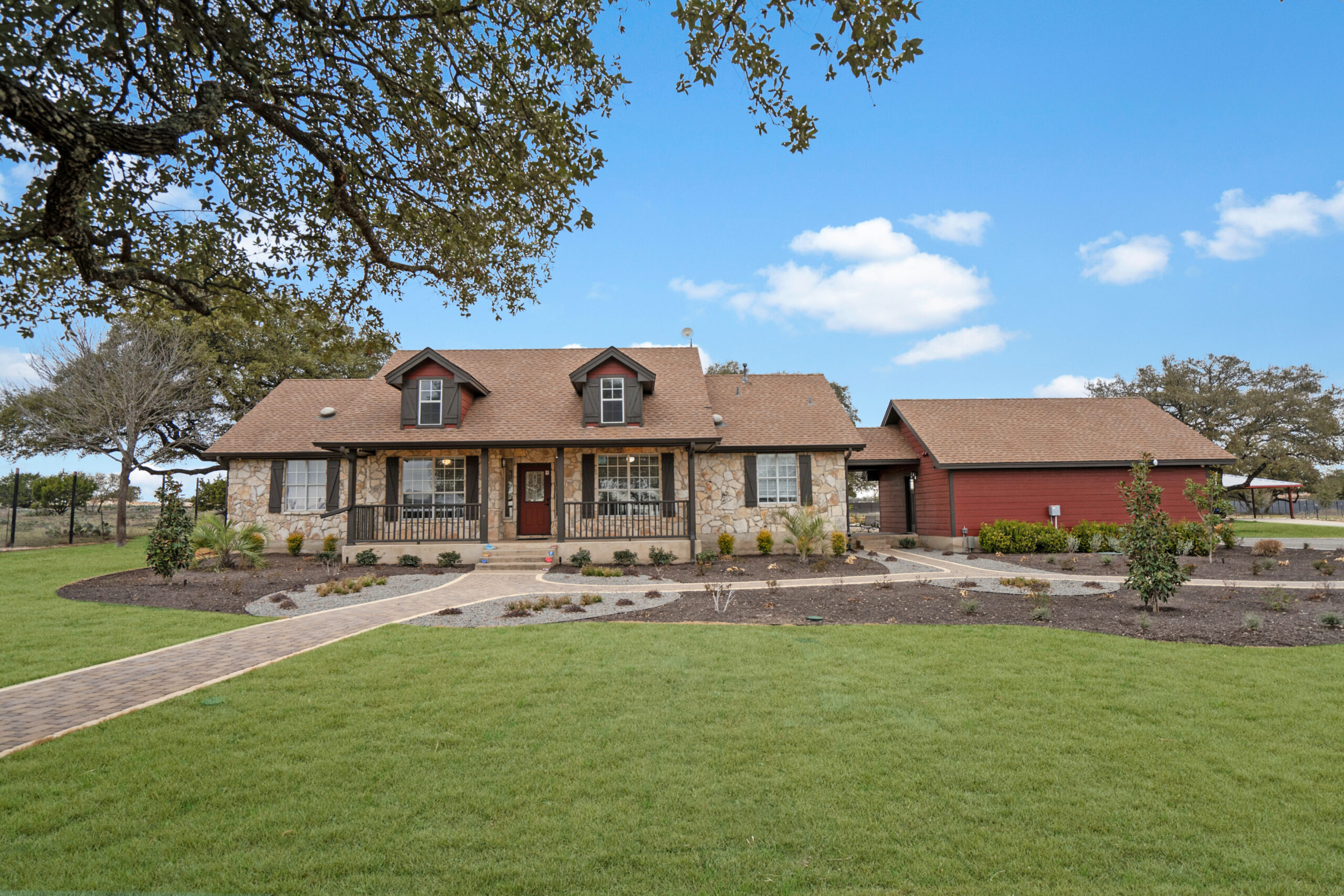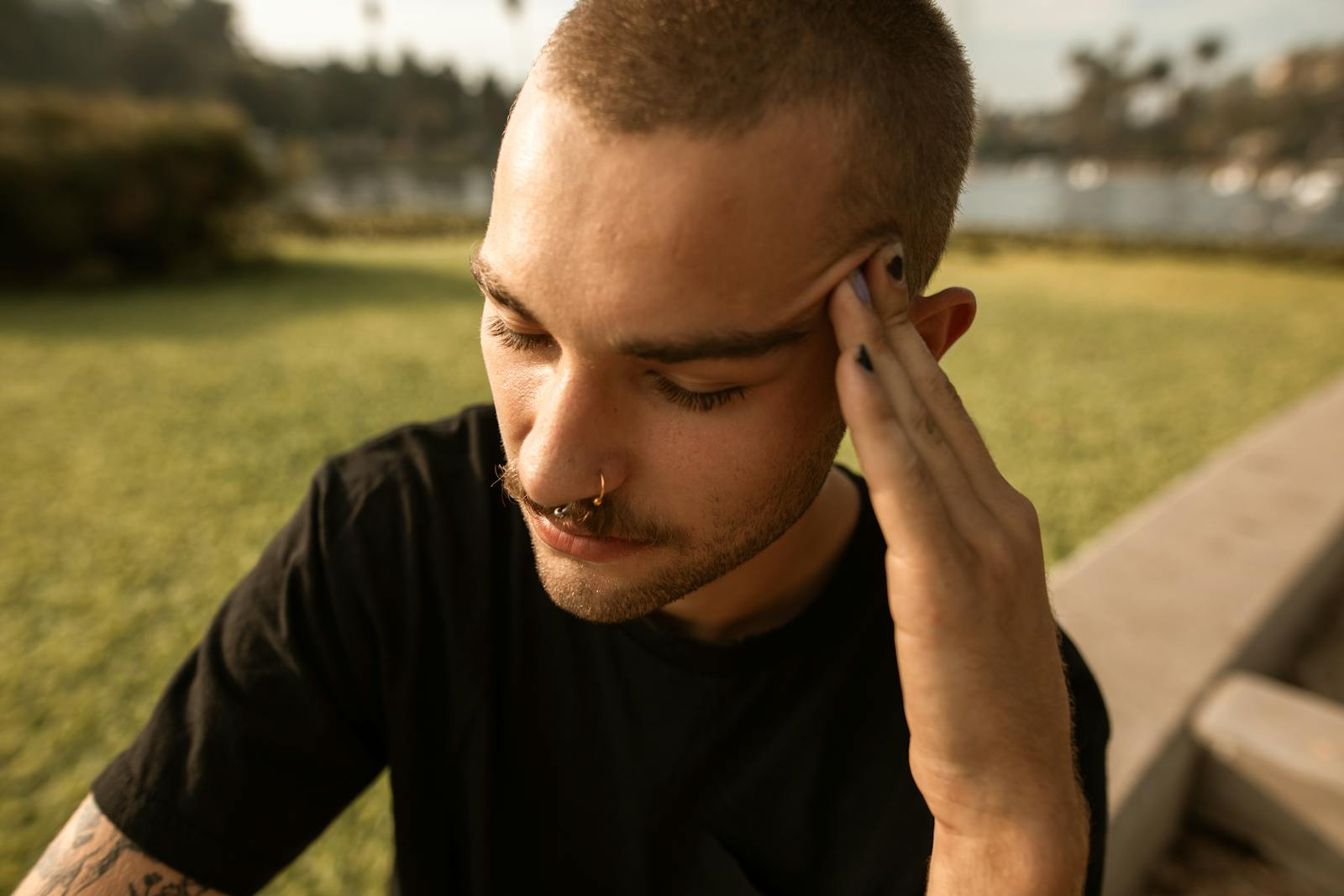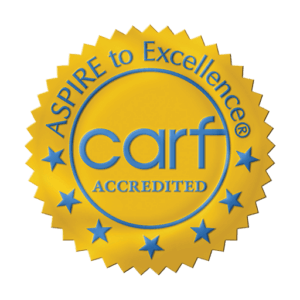While most people are familiar with schizophrenia and mood disorders like depression, they might not know that the symptoms of these conditions can collide to produce schizoaffective disorder. Thought to affect less than 1 percent of the U.S. population, schizoaffective disorder shares features with both schizophrenia and mood disorders but is recognized as a distinct diagnosis by the Diagnostic and Statistical Manual of Mental Disorders (DSM).
Unfortunately, many with schizoaffective disorder are often misdiagnosed as either being schizophrenic or bipolar, but the mental health professionals at Alta Loma can identify the subtleties of this condition to help clients better manage symptoms and improve their mental health.
Get Healing on Your Terms
If you or someone you care about is struggling to address your need for mental health, Alta Loma could mean the difference between relapse and long-term recovery
What is Schizoaffective Disorder?
Schizoaffective disorder is a serious mental health condition with overlapping symptoms of schizophrenia, such as delusions or hallucinations, and mood related symptoms, such as manic or depressive episodes. Much like there are different types of bipolar disorder, schizoaffective disorder can be characterized as either bipolar or depressive, depending on which symptoms individuals experience.
Bipolar type schizoaffective disorder
Includes alternating episodes of mania (“highs”) and major depression (“lows”)
Depressive type schizoaffective disorder
Includes episodes of major depression
Although the symptoms can vary, schizoaffective disorder makes it hard for a person to manage everyday problems related to work, school and relationships. Left untreated, schizoaffective disorder can increase the risk of substance abuse, major depressive episodes, brain disorder and a decreased ability to function normally. Those with the condition may need extra support to manage their symptoms and improve their quality of life, but finding proper care and treatment of schizoaffective disorder can be challenging. That’s why Alta Loma provides premier mental health services for men who are dealing with schizoaffective disorder and other psychotic disorders. We know that with the right approach, recovery is possible.
Symptoms of Schizoaffective Disorder
Schizoaffective disorder includes psychotic symptoms, such as a loss of touch with reality, along with episodes of mania or depression. Psychotic symptoms can appear separately or together and often come in cycles but may differ depending on which type of schizoaffective disorder a person has. Some of the psychotic symptoms of schizoaffective disorder include the following:
- Delusions (false beliefs, paranoia, misinterpretations of reality, etc.)
- Hallucinations (hearing voices, seeing things that aren’t there, etc.)
- Disorganized thinking
- Speech and communication problems
- Depressed mood
- Manic episodes (euphoria, racing thoughts, risky behavior)
- Increased risk of substance abuse and suicidal thoughts
What triggers schizoaffective disorder?
Schizoaffective symptoms usually develop in the late teens or early adulthood where factors such as stressful events, mind altering drugs or family members who have related mental illness are present. At first, schizoaffective disorder is often incorrectly diagnosed as either bipolar disorder or schizophrenia, and only until severe symptoms occur does Schizoaffective Disorder be taken into consideration
It can also be harder to detect in those with an autism spectrum disorder since some of the symptoms are similar (e.g., communication problems, mood swings, fixating) and may overlap. Like other mental illnesses, schizoaffective disorder won’t go away on its own, so a proper diagnosis is key to minimizing symptoms and developing an effective treatment plan. For most people, this usually consists of combining medications, psychotherapy and improved self-management strategies for the best possible outcome.
Regain your mental wellbeing at Alta Loma
Deep in the heart of Texas, we are wholly focused on finding, treating and rehabilitating your mental health and the effects of substance abuse. Schizoaffective Disorder may be rare and commonly misdiagnosed, but knowing what’s holding you back is key in treatment of any mental illness. If you or a loved one shows signs & symptoms discussed in this piece, please contact Alta Loma today! Don’t go another day undertreating, mistreating or not treating your mental wellbeing.
Schizoaffective Disorder and Autism Spectrum Disorders
Research has shown that both schizophrenia and bipolar disorder share genetic risk factors with autism spectrum disorders, so it’s no surprise that the same is true for people with schizoaffective disorder. Compared to the general population, those with autism spectrum disorders are more likely to be diagnosed with schizophrenia and/or a mood disorder, and recognizing a co-occurrence of these mental illnesses is crucial to providing the right support.
Alta Loma is well-equipped to help people with schizoaffective disorder and a co-occurring autism spectrum disorder. Each of these disorders is complex on its own but presents unique challenges when combined. Our individualized treatment plans, highly trained mental health professional team, and multi-faceted approach can help clients with co-occurring mental illness overcome these challenges with long-term strategies for symptom management that promote a life of recovery, balance, and stability.
Schizoaffective Disorder Treatment at Alta Loma
At Alta Loma, we provide transformational mental health services for men of all ages with schizoaffective disorder and other psychiatric conditions, including co-occurring substance use disorders or autism. With a highly trained clinical team and a specialized approach that exceeds industry standards, we’re well-equipped to help those with chronic mental health conditions find hope, healing, and a life of recovery with improved long-term outcomes. Some of the strategies we use include:
CBT Treatment
Nutrition Education
Medication Management
Recreational Therapy
Truthought Curriculum
Community Integration
What is the best treatment for schizoaffective disorder?
We know that the most effective treatment plans go beyond symptom management and encompass the full scope of each client’s physical, emotional and mental health needs, so we integrate a range of effective therapies for truly comprehensive care such as group therapy, family therapy, social skills training and more. Schizoaffective disorder can affect every aspect of a person’s life, and our goal is to help clients achieve a renewed sense of mental wellness and develop the skills they’ll need to stay happy, healthy, and successful long after the mental illness treatment.
Our Facilities & Programs
Our facilities are meticulously crafted to offer solace, recovery, and a feeling of belonging. From expansive, elegantly furnished bedrooms that guarantee seclusion and peace, to shared spaces that nurture relationships and companionship, each aspect has been meticulously planned to enhance the journey to well-being.
Men's Programs
Women's Programs
Contact Us
You understand your needs best. If you have found yourself at a crossroads in your treatment and feel like your program options don’t fully understand you or aspects of your recovery, it’s time to contact the specialists at Alta Loma.
phone
(512) 877-4883
Opening Hours
Open 24 Hours
Address
103 E 8th St, Georgetown, TX 78626
Fill Our Our Form
We answer all responses as soon as we recieve them.
